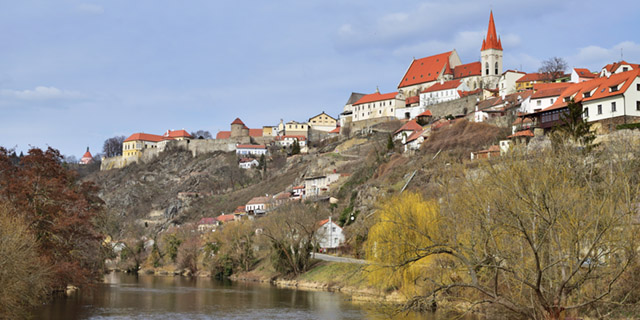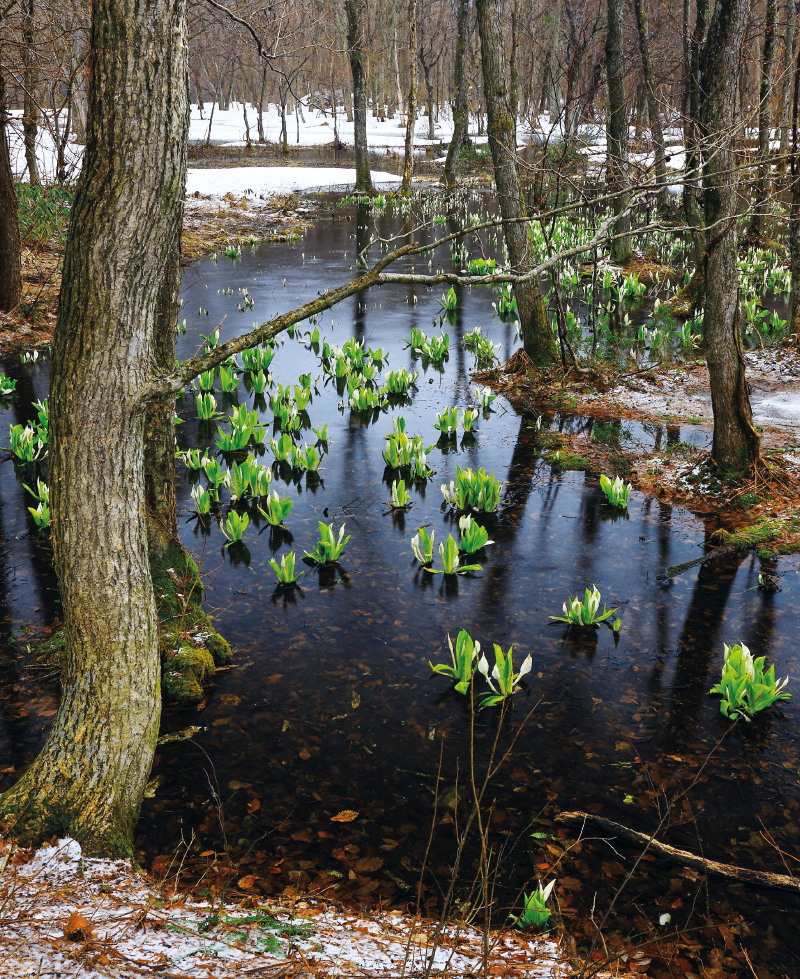Multi-Criteria Analysis of the Dyje basin
This article deals with applications of the specific method of multicriteria analysis (MCA) and its use in the identification of areas within the Czech Republic where adaptation measures to the consequences of climate change would be most effective. MCA was chosen due to its comprehensive approach and the simplicity of working with available data in the Czech Republic. The first MCA have already been applied in the Pilsen and Pardubice Regions within the framework of the creation of the strategic document Regional Strategy of Adaptation Measures (Regionální strategie adaptačních opatření, ReSAO), whose aim was to assess the vulnerability of the entire area of these regions. The results from both strategies are expedient from the point of view of drafting adaptation measures, and it was therefore decided to use MCA as part of a larger project in the Dyje basin. In the first phase, the implemented analyses were evaluated to improve MCA for the studied area. In the second phase, MCA was applied to the area of agricultural land. Several thematic indicators were evaluated, namely surface drainage, land use, erosion risk, and occurrence of erosion events. The aim was to focus on IV order basins, in which the priority of implementing measures on agricultural land is the highest. The result was a list of IV order basins with a partial and summary assessment of problems within the total studied area of the Dyje basin.
Agroforestry and its effect on the complex of hydropedological properties of the soil
The aim of this article is to evaluate landscape retention capacity based on the use of soil protection technology at the chosen site and to compare selected hydropedological characteristics in the context of land management. Therefore, broken and intact soil samples are taken regularly and laboratory analyses are carried out. The chosen site is located in the Šardice cadastral area, Hodonín district, South Moravian region. At the chosen site it is possible to consider grass strips with one or more rows of trees as a possible agroforestry system, where temperature and humidity are measured continuously by TOMST TMS-4 moisture sensors. The results show that the way land is used and cultivated has an impact on hydropedological properties of the land. We can influence them both positively and negatively.

